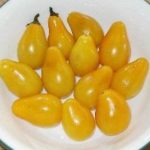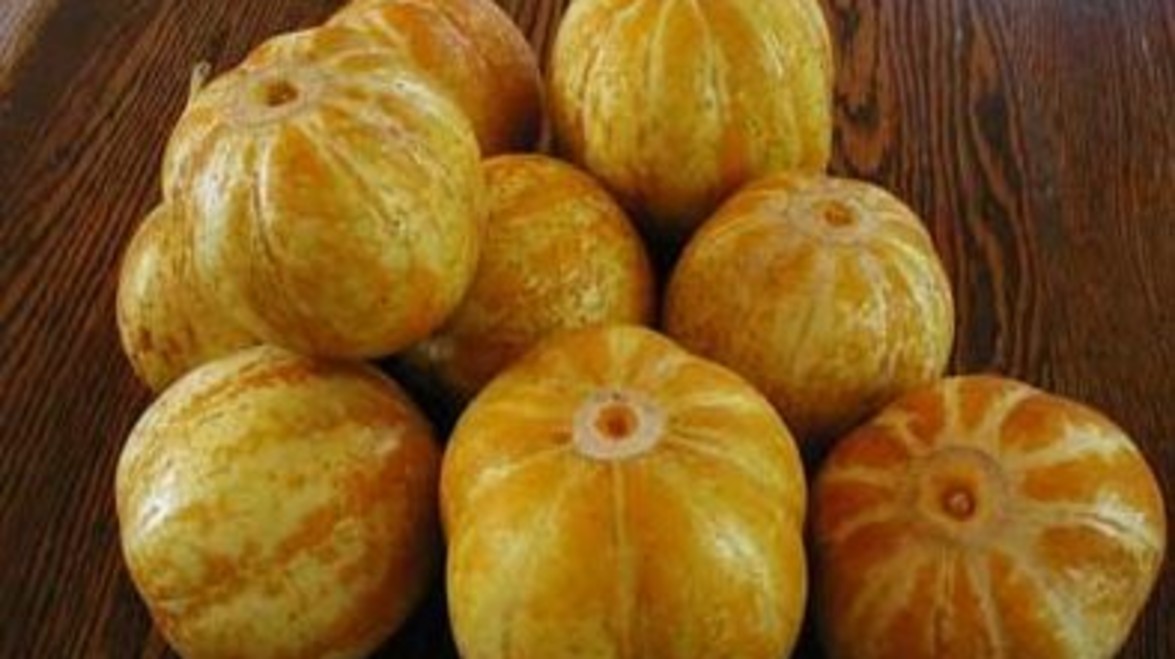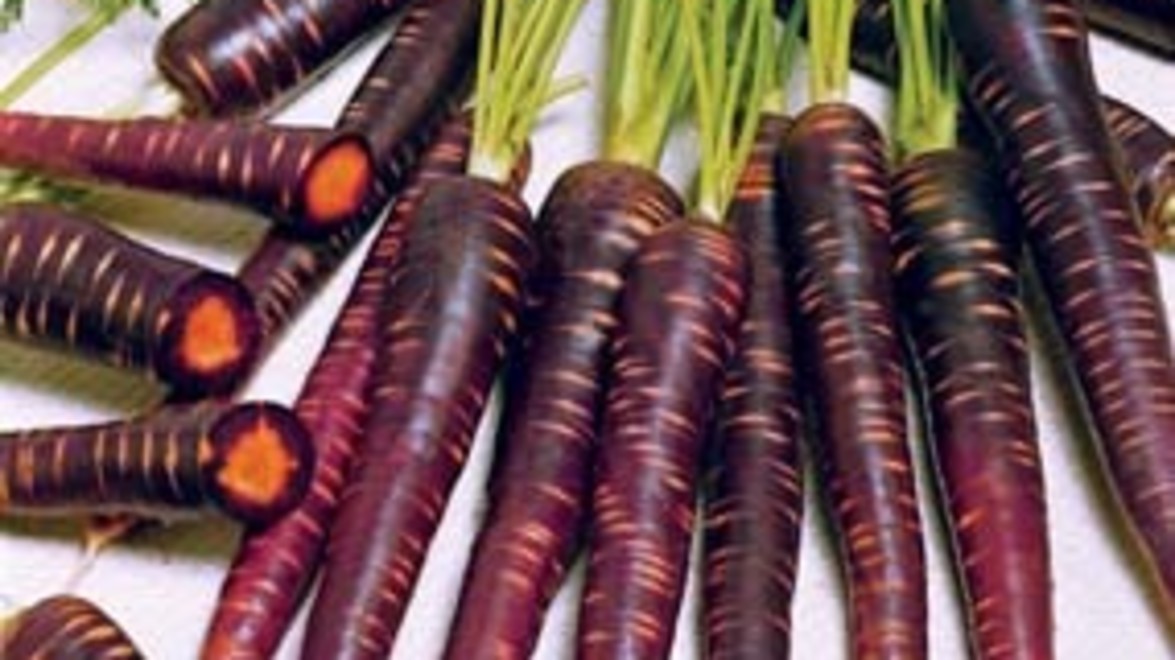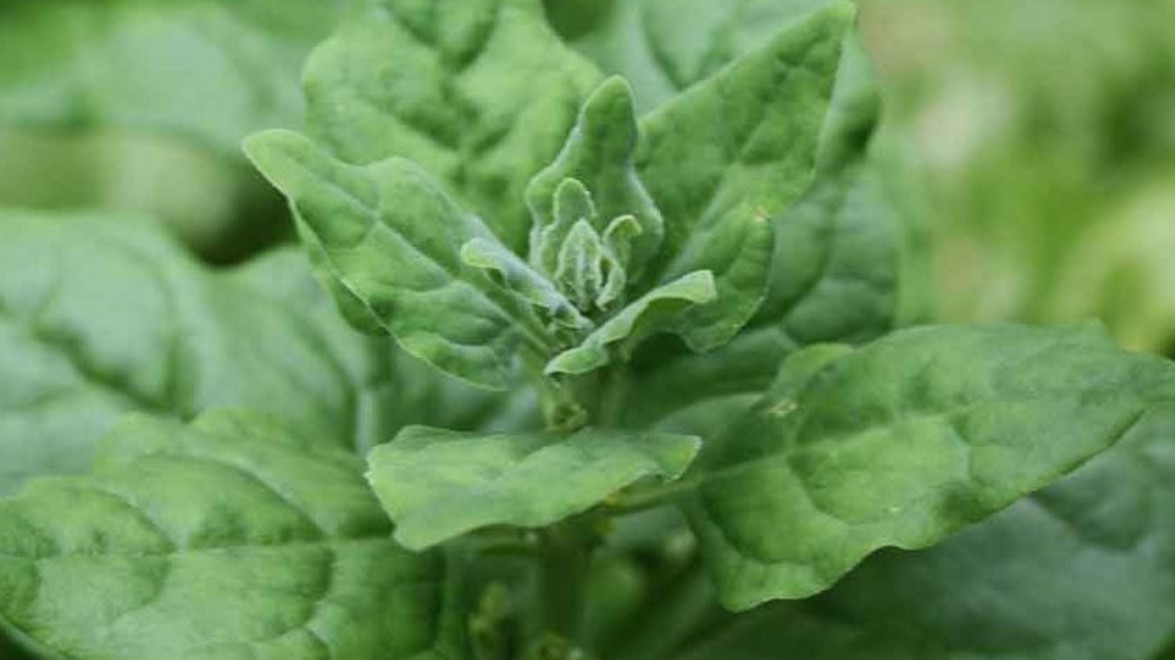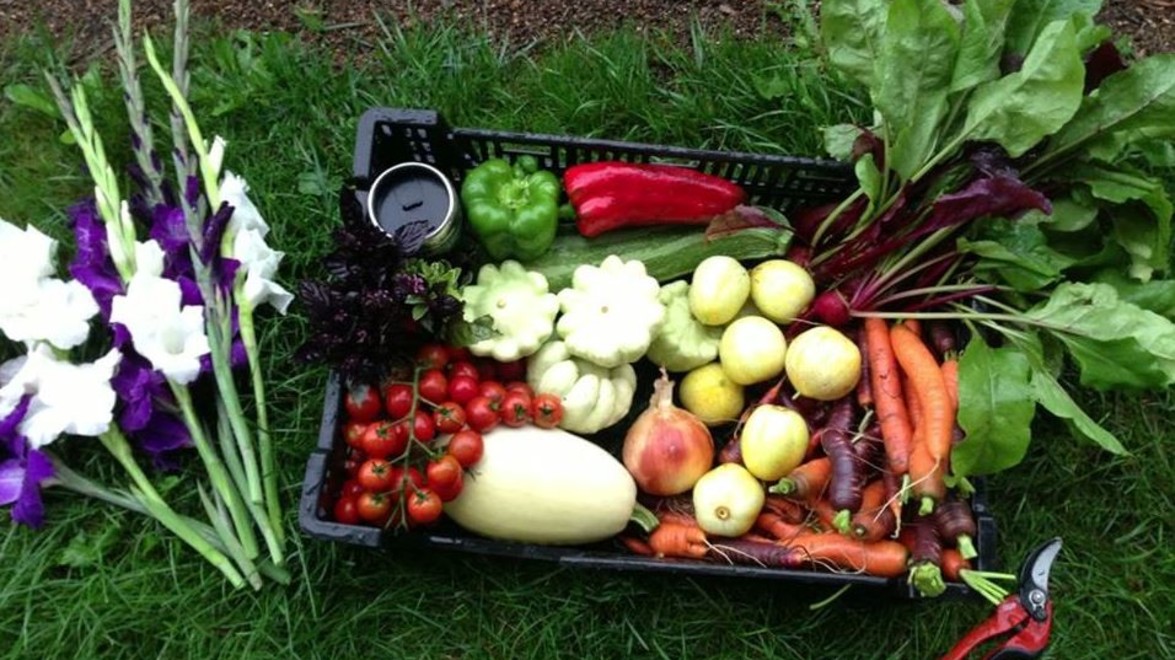
Well its official, our groundhog Wiarton Willie has declared six more weeks of winter. While this thought seems dreadful from the cold temperatures and the amount of snow we’ve had so far this season, this is the time to dream of the garden and plan what vegetables to grow for the spring and summer months. Instead of looking out the window at piles of snow, take excitement in looking at the new 2014 seed catalogs.
Growing vegetables is one of my favourite hobbies and I have learned over the years that organizing a production schedule allows you to follow precise dates for sowing, planting out and harvesting. This planning is critical so that you know how many veggie seeds to buy, grow and helps to avoid sowing too early or too late.
### Selection & Organization
Plant selection is based off the size of the vegetable garden and what types of vegetables to be grown. Once the vegetables are selected, separate the seed packets into two piles, one for veggies to be sown directly in the ground such as carrots, lettuces or radishes and the other for seeds that must be sown ahead of time indoors so they are a good size to plant out such as tomatoes, peppers or zucchini. Next create two separate charts, one for direct sow and the other for indoor sow and list all the vegetables for each. Now it is time to figure out sowing dates for the charts.
### Planting Dates
Sowing information will be listed in catalogs or the back of each seed packet. For example, a packet of tomato seeds will say, “Sow indoors: 6-7 weeks before last frost” and “plant outdoors: when danger of frost has passed.” For plants such as carrots to be directly sowed outdoors, the packet will say “Early spring to late summer”. Adding the dates to the direct sow chart are easiest to start with, anticipate when the garden bed will be cultivated, composted and ready for planting.
For crops to be started indoors, anticipate a last frost date so that sow dates can be established. A standard time I always recommend is the Victoria Day long weekend in May. Although we can never predict exactly when the last frost will be, I find I always plant within two weeks on or after this date. To figure out the sowing dates, simply count back the weeks from this date. For example, if we take our tomato plant which requires six to seven weeks to grow, we would have to sow it during the week of April 7, 2014. Overall, most veggies sown indoors require approximately six to eight weeks, always follow the instructions on the packet. Once your chart is filled out get set to sow and grow!
### Growing Supplies
There are various products of all shapes and sizes that veggies can be started in from egg cartons to peat pellets to peat pots or plastic containers. Any of these items will work, just make sure if starting with peat pellets or egg cartons to transplant the veggies into a larger pot before they outgrow the space. Be sure to use a soil mix specifically customized for seed germination or potting mixes. Other types such as perennial mixes are too heavy and leave the soil too damp for the seedlings to grow.
### Interesting Varieties Worth A Try
My favourite types of vegetables to grow are heirloom or heritage varieties. These tend to have more flavour and come in all different colours and shapes than the standard varieties we are used to. Here are some examples of ones that I have grown in the past and have had much success with. Please click on the picture above to view the full album slideshow:
*Beefsteak Tomato (90 days to maturity)*
This variety is a classic large, round, sweet tomato that is very meaty on the inside (less seeds and jelly).
*Yellow Pear Tomato (70-80 days to maturity)*
For those who like cherry tomatoes these are a must! They are yellow, pear shaped and have a sweet flavour. They are also lower in acidity than the red types.
*Lemon Cucumber (58-70 days to maturity)*
Strangers might mistake this veggie as a lemon but it is fact a cucumber! It is crunchy, tasty and can be eaten fresh or used in pickling.
*Purple Haze Hybrid Carrot (70 days to maturity)*
Roses are red, violets are blue, and carrots are purple! Even though we are used to only seeing orange carrots, back in the day it was normal to eat purple and white ones too. Although this is a hybridized heirloom it is a good grower, prolific and tasty.
*New Zealand Spinach (50-70 days to maturity)*
This is one of the toughest plants I have ever grown. This plant survives in heat, humidity and is somewhat drought tolerant. It only gets two feet tall; be sure to keep it clipped to harvest new growth and prevent bolting.
### Seed Sources
An excellent local seed company is William Dam Seeds in Flamborough, ON:
[/www.damseeds.ca/productcart/pc/home.asp](http://www.damseeds.ca/productcart/pc/home.asp)
For heirloom seeds check out The Cottage Gardener, they are located in Newtonville, ON. Their website has descriptions of each of the cultivars which makes you appreciate their history even more:
[www.cottagegardener.com/](http://www.cottagegardener.com/)
For any questions or comments please comment here or on our
[Facebook](https://www.facebook.com/GeldermanLandscapeServices) page.
Can you dig it?!
Andrea
*Post contributed by Andrea Weddum, Landscape Designer*
*Cover photo compliments of Melissa Spearing*


